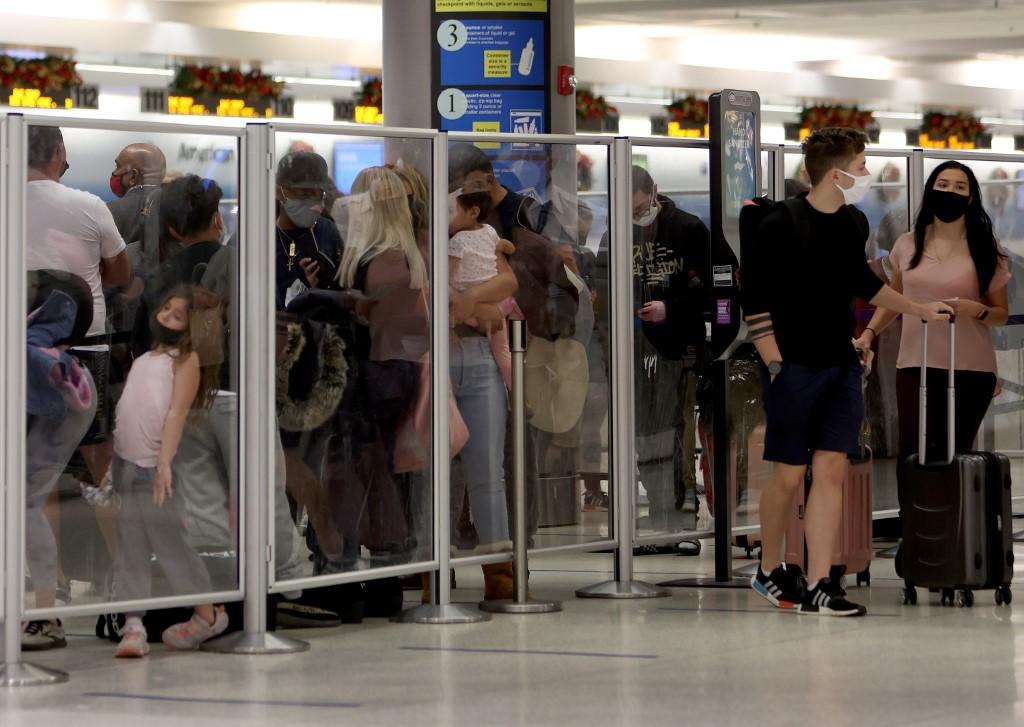US aviation body clears 45% of commercial plane fleet after 5G deployed
The FAA has warned that potential interference could affect sensitive airplane instruments such as altimeters and make an impact on low-visibility operations.
Just In
The US Federal Aviation Administration (FAA) said Sunday it had cleared an estimated 45% of the US commercial airplane fleet to perform low-visibility landings at many airports where 5G C-band will be deployed starting Wednesday.
The FAA has warned that potential interference could affect sensitive airplane instruments such as altimeters and make an impact on low-visibility operations.
The FAA approved two radio altimeter models used in many Boeing and Airbus planes, including some Boeing 737, 747, 757, 767, MD-10/-11 and Airbus A310, A319, A320, A321, A330 and A350 models. The announcement came just days before AT&T and Verizon launch new 5G service on Wednesday. The FAA said it expects to issue more approvals in the coming days.
The FAA said the aircraft and altimeter approvals open “runways at as many as 48 of the 88 airports most directly affected by 5G C-band interference.” But the agency warned that “even with these new approvals, flights at some airports may still be affected.”
AT&T and Verizon, which won nearly all of the C-Band spectrum in an US$80 billion auction last year, on Jan 3 agreed to buffer zones around 50 airports to reduce interference risks and take other steps to reduce potential interference for six months. They also agreed to delay deployment for two weeks, averting an aviation safety standoff. The FAA on Thursday issued nearly 1,500 notices detailing the extent of potential impact of 5G services.
“The FAA also continues to work with manufacturers to understand how radar altimeter data is used in other flight control systems. Passengers should check with their airlines if weather is forecast at a destination where 5G interference is possible,” the FAA said Sunday.
On Jan 7, the FAA disclosed the 50 US airports that will have 5G buffer zones, including in New York City, Los Angeles, Chicago, Las Vegas, Minneapolis, Detroit, Dallas, Philadelphia, Seattle and Miami.
On Thursday, Airports Council International – North America urged a delay 5G implementation to avoid widespread disruption across the US air transportation system.
On Friday, the FAA said it would require Boeing 787 operators to take additional precautions when landing on some wet or snowy runways. The FAA said 5G interference could prevent engine and braking systems from transitioning to landing mode, which could prevent aircraft from stopping on the runway.
Subscribe to our newsletter
To be updated with all the latest news and analyses daily.
Most Read
No articles found.
